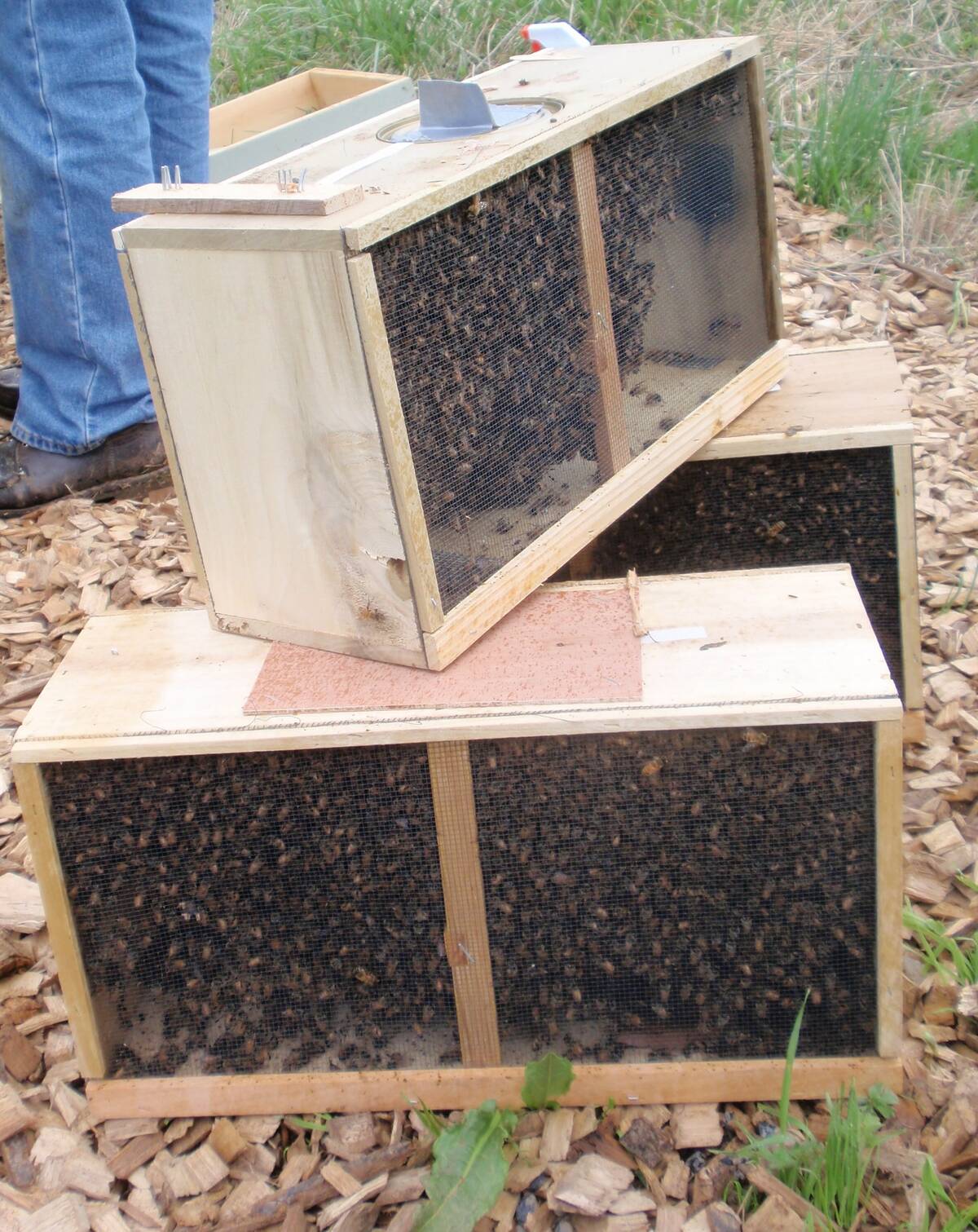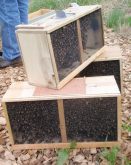Banff speaker Outlines key factors which he believes make the biggest contribution to the number of quality pigs weaned per sow
There are literally dozens of different swine herd-recording programs. Most producers use a computer-based system to monitor performance, but do producers extract maximum value from their data?
Ron Ketchem, a partner in Swine Management Services of Fremont, Nebraska, thinks not. Speaking at the Banff Pork Seminar, he described how his company analyzes data from more than 800 farms and 1.4 million sows, with 24 different herd-recording systems, to show producers how they can improve and where they stand relative to their peers.
Ketchem notes that the SMS database includes herds producing fewer than 15 pigs/mated female/year, but that 16 farms produced over 30 pigs during the previous 12 months. He discussed some of the key factors which he believes make the biggest contribution to the number of quality pigs weaned per sow.
Read Also

Canadian beekeepers call for regulatory accountability
Beekeepers say the Canadian Food Inspection Agency should restore U.S. packaged bee shipments, claiming the agency isn’t following evidence.
Wean to first-service interval
Table 1 shows data from 602 farms that wean over 20 pigs per mated female, sorted by wean to first-service interval. “Wean to first-service interval influenced pigs weaned per mated female, per cent bred by day seven, per cent repeats, farrowing rate and total pigs born,” Ketchem explains.
In order to improve the interval, he suggests feeding sows more aggressively in farrowing starting the day of farrowing and using an ad lib feeder. He also advises that weaned sows are given extra feed until they are bred, to give a flushing effect, and that daily boar exposure is started the day sows are weaned. Finally, he says that sows should be bred immediately they are in standing estrus, and not delayed for a period.
Influenceson farrowing rate
Farrowing rate is strongly related to breeding herd output, says Ketchem. “Farms with a farrowing rate of 90-plus per cent weaned 26.10 pigs per mated female per year compared to 20.40 pigs where farrowing rate was less than 75 per cent,” he says.
Ketchem suggests that AI technicians should be given good training and be well supervised in order to get the best conception rates. He also advises planned breaks to prevent fatigue. Analysis of records related to the technician, time of day and semen batch can be used to identify areas for improvement.
“Semen management is an important component of farrowing rate, Ketchem believes, noting that SMS data has shown large differences between different batches of semen. “When the semen arrives, always record the batch number and the check temperature of semen bags on the outside and inside of the bag,” he says. “Also, record daily high/low temperatures in the semen cooler to monitor any fluctuation in temperature setting for semen storage cooler.”
He advises rotating semen at least once per day and arranging storage of semen by delivery date so the older semen is used up first.
Litter size increasing
Over the last seven years, total pigs born for all SMS farms increased from 11.70 to 13.20 pigs per litter. The top 10 per cent of farms went from 12.41 to 14.18 pigs for 1.77 more pigs. “A most influential number is total born for first-litter gilts because the first litter determines the potential for lifetime production numbers,” Ketchem says. “To get P1 females off to a good start replacement gilts need to have at least one recorded skipped heat before breeding and if possible spend at least 14-plus days in a gestation crate pre-breeding. In farms we work with we see gilts with at least one skipped heat having 0.20 to 1.0-plus more pigs on their first litter.”
Increasing litter size is the reason that the average percentage piglet survival rate has hardly changed over the last five years, according to Ketchem. He highlights the importance of farrowing management in minimizing stillbirths and post-farrowing deaths.
“We suggest extending farrowing supervision to address stillborns,” he says. “Having someone attending sows farrowing for 18 hours per day — 5 a.m. to 10 p.m. — will allow them to attend 87.9 per cent of the farrowings.” He stresses that importance of reducing chilling of pigs by drying them with a towel or coating them with drying agents. “The normal rectal temperature of pigs is 102-plus F at birth. Pigs that are not dried within five to 10 minutes lose four-plus° of body heat and can take up to one-plus hour to warm back up.”
Death loss and NPDs
Sow death loss is a significant issue in the North American industry and Ketchem emphasized the importance of rapid identification and treatment of sick animals. He advises improved staff training on how to spot sick or lame females and having written SOPs on how to handle and treat them.
Noting the high cost of female non-productive days, he advised that all second returns are culled, as their farrowing rate is likely to be little more than 50 per cent. Some older first-service returns may also be culled if service targets can be met and all sows that have locomotion or lameness issues should be culled.














